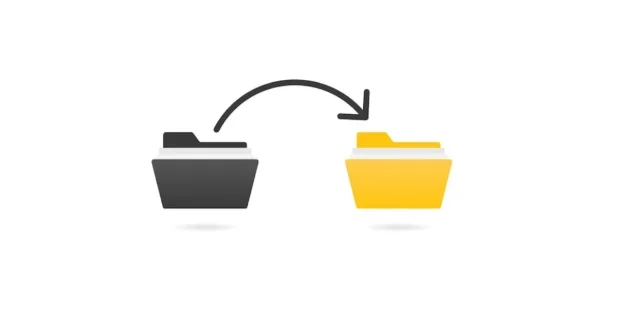Mobile Data Transfer: Everything You Need to Know
In today’s digital age, mobile phones have become our lifelines. From precious photos and videos to important documents and app data, our smartphones carry a massive amount of personal and professional information. Whether you’re upgrading to a new phone or sharing content with a friend, transferring data from one device to another is an essential task. This article explores the various methods of mobile data transfer and provides useful tips for a smooth process.
What is Mobile Data Transfer?
Mobile data transfer refers to the process of moving files, applications, contacts, messages, and other types of data from one mobile device to another. This can be done between phones of the same operating system (like Android to Android or iPhone to iPhone) or across platforms (Android to iPhone and vice versa).
Why is Mobile Data Transfer Important?
-
Phone Upgrade: When switching to a new phone, you want all your old data on your new device.
-
Data Backup: Creating a copy of your data ensures it is safe in case your phone is lost or damaged.
-
File Sharing: Sometimes you just want to send a few pictures or documents to another person quickly.
Popular Methods for Mobile Data Transfer
1. Bluetooth
Bluetooth is one of the oldest methods for transferring small files wirelessly. It’s best for transferring contacts, pictures, and music between nearby devices.
-
Pros: No internet needed.
-
Cons: Very slow; not suitable for large files.
2. Wi-Fi Direct / Nearby Share / AirDrop
Modern phones support features like Wi-Fi Direct (Android), Nearby Share (Android), and AirDrop (iOS) that allow quick and secure file transfers.
-
Pros: Fast, wireless, and easy.
-
Cons: Limited to files and photos; may not transfer app data or system settings.
3. USB Cable Transfer
Using a USB cable, you can connect your phone to a computer or another phone to transfer data.
-
Pros: Reliable and fast for large files.
-
Cons: Requires cables and sometimes software or drivers.
4. Cloud Services (Google Drive, iCloud, OneDrive)
Backing up data to the cloud and restoring it on another device is a common method.
-
Pros: Great for backups, can be accessed from any device.
-
Cons: Needs an internet connection; storage limits.
5. Mobile Transfer Apps
Apps like SHAREit, Xender, or manufacturer-specific tools like Samsung Smart Switch and Move to iOS make the transfer process much easier.
-
Pros: Designed for full phone-to-phone transfers, including apps, contacts, and settings.
-
Cons: Some apps may contain ads or require both phones to have the same app installed.
Cross-Platform Transfers
Transferring data between Android and iPhone can be tricky, but it’s possible:
-
Android to iPhone: Use Apple’s Move to iOS app.
-
iPhone to Android: Use apps like Google Drive backup or Samsung Smart Switch (if switching to Samsung).
Tips for Smooth Data Transfer
-
Always back up your data before starting the transfer.
-
Ensure both devices are fully charged or connected to power.
-
Use a stable Wi-Fi connection for cloud or app-based transfers.
-
Keep devices close together during wireless transfers.
-
Double-check that important data like WhatsApp chats, contacts, and photos have been transferred properly.
Final Thoughts
Mobile data transfer has become easier than ever with the variety of tools and apps available today. Whether you prefer wireless sharing or cloud backups, there’s a solution that fits your needs. Always plan your transfer process carefully to ensure no data is lost in transition. As mobile technology continues to evolve, we can expect even faster and more seamless ways to move data across devices.



